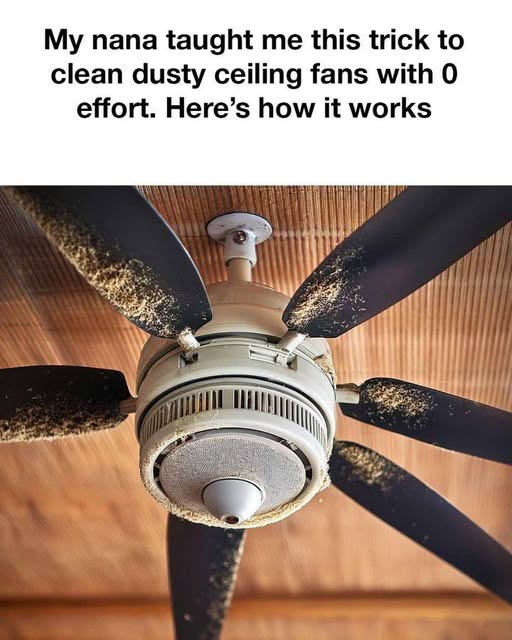Now let’s go back to those little pegs you spotted on your antique bed frame.
They served several purposes:
1. Rope Tighteners
The pegs acted like early tension-adjusters. You pulled the rope through them, wrapped it tight, and secured it in place.
2. Structural Stabilizers
Since beds were often disassembled for transport (more on that soon), pegs helped hold the frame together while making it easy to take apart.
3. Repair Points
Ropes wore down. Pegs made it easy to remove and replace sections of the rope without rebuilding the entire bed.
4. Custom Comfort
Need firmer support? Tighten more. Prefer something softer? Loosen a bit. Early adjustable sleep technology!
When you realize how much purpose was packed into something as small as a wooden peg, it’s easy to appreciate the ingenuity behind these beds.
📦 Beds Used to Be… Portable!?
Here’s something most people don’t know:
Rope beds were designed to come apart.
Why? Because families moved—often.
Especially in early America, where settlers traveled westward, or in Europe where movable household goods were part of a family’s wealth.
A rope bed could be:
- Disassembled into flat wooden pieces
- Bundled into a wagon or cart
- Reassembled in a new home
- Retightened to perfection
It’s the original IKEA concept, hundreds of years before Allen wrenches.
This portability also meant rope beds were durable heirlooms. Many families passed them through generations, replacing ropes and mattresses but keeping the wooden frame.
If you’ve inherited one, those pegs are the silent clues to a long history of mobility and adaptation.
🧵 What Were the Ropes Made Of?
You might assume rope is rope—but for bedding, the material mattered.
Hemp
Strong, fibrous, and naturally resistant to mold. One of the most common choices.
Flax / Linen Rope
Smoother and less likely to fray, though more expensive.
Cotton
Common in later periods when cotton was widely available.
Rawhide Strips
Used in some frontier communities when rope was scarce.
Each material stretched differently, which affected how often the bed needed tightening. Hemp stretched less, while cotton stretched more. A household might tighten rope beds during weekly cleaning routines—just as normal as sweeping.
🛏️ And What About the Mattress?
The mattress on a rope bed wasn’t anything like today’s plush options. Instead, depending on region, income, and era, it might have been:
- Straw ticking (the most common)
- Featherbeds (luxury!)
- Wool batting
- Hay, corn husks, or rushes
- Horsehair stuffing (excellent durability)
The combination of ropes and mattress created a sleep experience that could range from surprisingly comfortable to… less than ideal if neglected.
A well-tensioned rope bed with a good feather mattress? That was comfort.
A sagging rope bed with a lumpy straw tick? Let’s just say “sleep tight” was more of a plea than a blessing.
🏡 Rope Beds in Daily Life
To fully appreciate these beds, imagine life 150 or 200 years ago.
At night, the family would retire to bed—often several people to a room. Bedrooms weren’t designed as personal sanctuaries the way they are today.
Children might sleep in trundle beds that slid under the main rope bed. Guests might share a room with relatives. In cold weather, families slept close together for warmth.
Maintaining the rope bed was part of weekly household routines. Tightening ropes, shaking out mattresses, brushing the frame to remove dust—this was all normal home care.
Bed ropes also sometimes froze in winter (in drafty houses), so warming the room before bedtime mattered. And pests—yes, the ones that inspired the line about “bedbugs”—were common in straw and feather mattresses, which needed constant upkeep.
Your modern memory-foam bed? Practically magical by comparison.
🪑 The Evolution: From Rope Beds to Springs
By the mid-1800s, steel-coil technology emerged, and spring mattresses began replacing rope-supported beds. They offered:
- Even weight distribution
- Less sagging
- No weekly tightening
- Greater overall comfort
But despite this advancement, rope beds remained in use in many rural homes well into the early 20th century. They lingered because they were sturdy, familiar, and—importantly—repairable without expensive parts.
Today, rope beds survive as collectibles, antiques, or family heirlooms, often admired for their craftsmanship and rustic beauty rather than their practicality.
🔍 So What’s the Real Reason Your Bed Has Those Pegs?
Because you’re looking at a piece of living history.
Those pegs belong to a design that:
- Supported generations of sleepers
- Held together during moves across continents
- Allowed families to adjust their comfort levels
- Inspired a phrase we still use today
- Demonstrates early ingenuity in everyday life
Your bed is more than furniture—it’s a window into the daily rhythms of people who lived centuries before you.
It carries their routines, their innovations, their sayings, and even their bedtime wishes.
✨ Final Thought: Sleep Tight—With New Appreciation
The next time someone tells you to “sleep tight,” you’ll know the meaning goes far deeper than a cute bedtime phrase. It’s a nod to the hand-woven craftsmanship, domestic rituals, and clever design behind the rope beds of the past.
And those little wooden pegs?
They’re not mysterious.
They’re ingenious.
A reminder that even the simplest household objects have stories—and sometimes, those stories are woven tighter than we expect.





